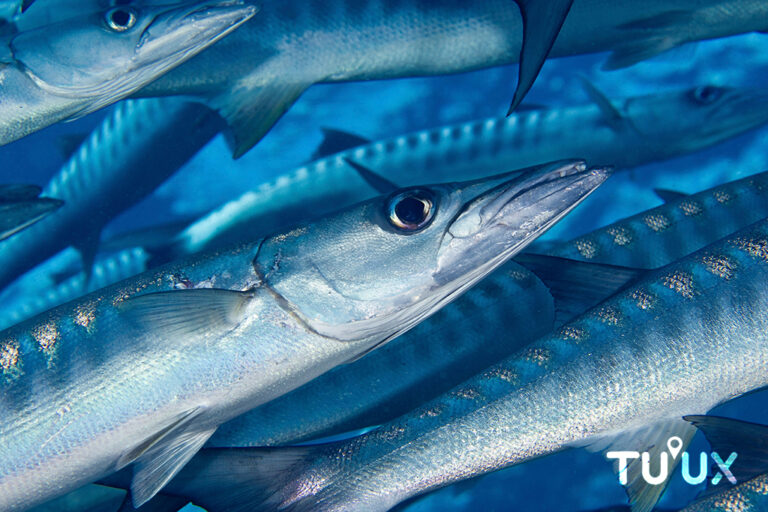HABANERO
🌶️ Chile Habanero: Tesoro Picante del Caribe y la Península de Yucatán
El chile habanero no solo despierta los sentidos con su intensidad y aroma, sino que también cuenta una historia profundamente enraizada en el Caribe y la cultura yucateca. Su nombre remite a La Habana, Cuba, reflejo de su papel en antiguas rutas comerciales. Sin embargo, su verdadero hogar y máxima expresión actual se encuentran en la península de Yucatán, especialmente en los estados mexicanos de Quintana Roo, Campeche y Yucatán, donde este chile es más que un ingrediente: es identidad, tradición y orgullo regional.
🌴 El Habanero en Mahahual: Sabor Caribeño con Fuego
En Mahahual, un rincón costero de Quintana Roo, el chile habanero es protagonista en la gastronomía local. Su uso se destaca especialmente en ceviches, mariscos frescos y salsas artesanales, donde el contraste entre lo refrescante del mar y el ardor del chile crea una experiencia culinaria inigualable. No hay visita completa a este destino sin probar un platillo local que incluya este pequeño pero poderoso fruto.
🔍 Características del Chile Habanero
De forma pequeña y arrugada, el habanero posee una apariencia inconfundible y un color vibrante que va del verde al naranja o rojo al madurar. Pero lo que realmente lo define es su picor explosivo.
- Escala Scoville: 100,000 a 350,000 unidades
- (Comparación: Jalapeño ≈ 8,000 | Serrano ≈ 25,000)
A pesar de su intensidad, el habanero ofrece un aroma frutal con toques cítricos y florales, lo que le da complejidad y elegancia, especialmente apreciada por chefs de alta cocina.
🌱 Cultivo del Habanero: Herencia y Técnica
El chile habanero necesita condiciones muy específicas: climas cálidos, humedad constante y suelos bien drenados. Estas condiciones se cumplen a la perfección en la península de Yucatán.
Desde tiempos prehispánicos, las comunidades mayas han perfeccionado el arte de cultivarlo. Hoy, los agricultores yucatecos siguen esas prácticas con orgullo, produciendo habaneros de aroma y sabor intensos que se exportan al mundo.
🍽️ Usos Culinarios: Del Fuego al Arte
La versatilidad del habanero ha trascendido las fronteras de la cocina tradicional, abriéndose paso también en la gastronomía contemporánea:
🌶️ Salsas
Base esencial de cualquier comida yucateca, ideal para tacos, pescados y carnes.
🍖 Marinados y Adobos
Protagonista en recetas como cochinita pibil, poc-chuc y tikinxic.
🫙 Encurtidos
Conservado en vinagre, el habanero se convierte en el acompañamiento perfecto para cualquier platillo.
🍫 Postres y Bebidas
Sí, habanero en postres. Chocolates artesanales, cócteles tropicales y helados con un toque picante sorprenden y conquistan.
💪 Beneficios para la Salud
Más allá de su sabor, el habanero aporta importantes propiedades nutricionales y medicinales:
- Vitamina C: Refuerza el sistema inmune.
- Antioxidantes naturales: Combaten el envejecimiento celular.
- Efecto antiinflamatorio: Puede ayudar a mejorar la circulación.
⚠️ Nota: Su consumo debe ser moderado, especialmente en personas sensibles a alimentos picantes.
🔎 Curiosidades del Chile Habanero
- 🔐 Denominación de Origen: Desde 2010, el Chile Habanero de Yucatán cuenta con protección oficial.
- 🌏 Éxito Global: Se cultiva y aprecia en lugares tan lejanos como Japón y Australia.
- 🎉 Festival del Chile Habanero: Mérida celebra cada año este ícono con un evento lleno de gastronomía, música y cultura.
📝 Conclusión: Un Pequeño Gigante del Sabor
El chile habanero no es solo un condimento: es un emblema de identidad, historia y creatividad culinaria. Su extraordinaria mezcla de picor, aroma y sabor lo convierte en un ingrediente indispensable tanto en las cocinas tradicionales como en las más vanguardistas.
Ya sea en una salsa casera en Mahahual o en un platillo gourmet en Tokio, el habanero sigue elevando el sabor del Caribe a nuevas alturas. Y tú, ¿te atreves a probarlo?


🌶️ Habanero Chili: A Spicy Treasure from the Caribbean and the Yucatán Peninsula
The habanero chili not only ignites the senses with its intensity and aroma, but it also tells a story deeply rooted in the Caribbean and Yucatecan culture. Its name refers to Havana, Cuba, a nod to its role in ancient trade routes. However, its true home and finest expression today lie in the Yucatán Peninsula, especially in the Mexican states of Quintana Roo, Campeche, and Yucatán, where the habanero is more than an ingredient—it’s a symbol of identity, tradition, and regional pride.
🌴 The Habanero in Mahahual: Caribbean Flavor with Fire
In Mahahual, a coastal town in Quintana Roo, the habanero chili plays a starring role in the local cuisine. It shines in ceviches, fresh seafood, and homemade salsas, where the contrast between the freshness of the sea and the chili’s heat creates an unforgettable culinary experience. No visit is complete without tasting a local dish featuring this small yet mighty fruit.
🔍 Characteristics of the Habanero Chili
Small, wrinkled, and vibrantly colored, the habanero has a unique appearance and intense heat.
- Scoville Scale: 100,000 to 350,000 SHU
- (By comparison: Jalapeño ≈ 8,000 | Serrano ≈ 25,000)
Despite its fieriness, the habanero offers a fruity aroma with citrus and floral notes, adding complexity and elegance—traits highly valued by top chefs around the world.
🌱 Habanero Cultivation: Heritage and Craft
Habanero chilis require specific conditions: warm climates, consistent humidity, and well-drained soils—conditions that the Yucatán Peninsula naturally provides.
Since pre-Hispanic times, Maya communities have mastered the art of cultivation. Today, Yucatecan farmers continue these traditions with pride, producing habaneros with exceptional flavor and aroma that are exported across the globe.
🍽️ Culinary Uses: From Heat to Art
The versatility of the habanero goes far beyond traditional uses and into modern gastronomy:
🌶️ Salsas
A staple in Yucatecan kitchens, perfect for tacos, seafood, and grilled meats.
🍖 Marinades and Adobos
A key ingredient in dishes like cochinita pibil, poc-chuc, and tikinxic.
🫙 Pickled
When preserved in vinegar or brine, it becomes the perfect spicy-sour accompaniment to many dishes.
🍫 Desserts and Drinks
Yes—habanero in desserts. From artisanal chocolates to tropical cocktails and spicy ice creams, it surprises and delights in creative ways.
💪 Health Benefits
Beyond flavor, habanero chili also offers nutritional and medicinal properties:
- Vitamin C: Strengthens the immune system
- Natural Antioxidants: Help fight cellular aging
- Anti-inflammatory Effect: May improve circulation and reduce mild inflammation
⚠️ Note: Due to its intensity, it should be consumed in moderation—especially by those with digestive sensitivities.
🔎 Fun Facts About Habanero
- 🔐 Protected Designation of Origin: Since 2010, Habanero Chili from Yucatán has been officially recognized and protected.
- 🌏 Global Appeal: It’s cultivated and loved in countries as far as Japan and Australia.
- 🎉 Habanero Chili Festival: Mérida hosts an annual event to celebrate this iconic chili, full of food, music, and culture.
📝 Conclusion: A Small Giant of Flavor
The habanero chili is not just a condiment—it’s a cultural, historical, and culinary emblem. Its extraordinary combination of heat, aroma, and flavor makes it an essential ingredient in both traditional and cutting-edge cuisine.
Whether in a homemade salsa in Mahahual or a gourmet dish in Tokyo, the habanero continues to elevate Caribbean flavor to new heights. So, are you ready to taste the fire?







